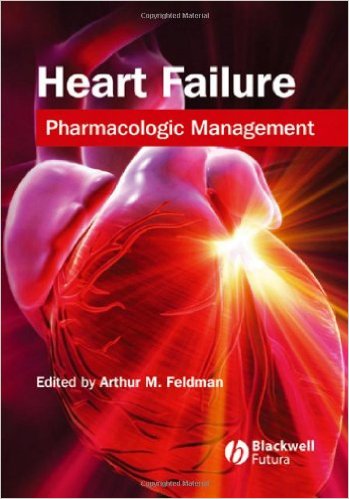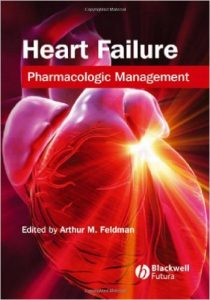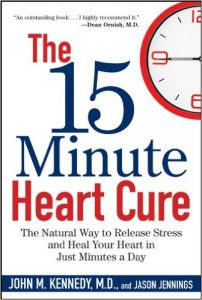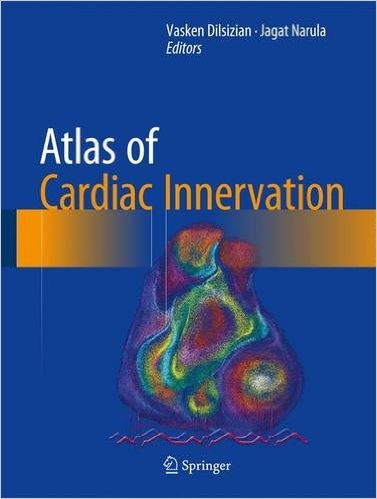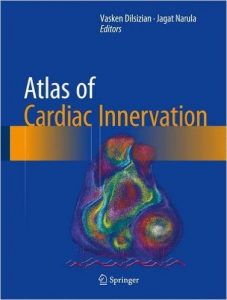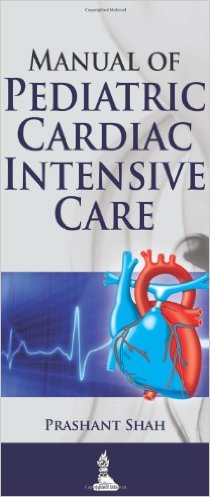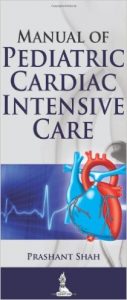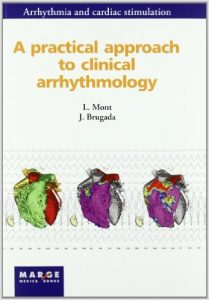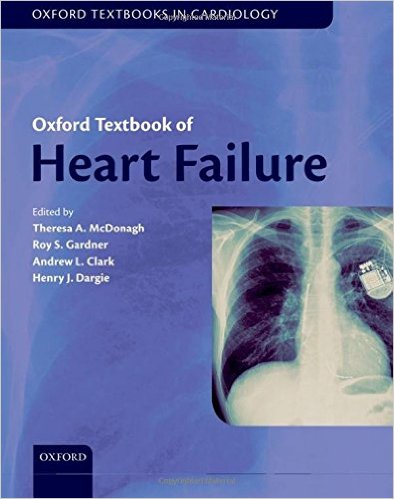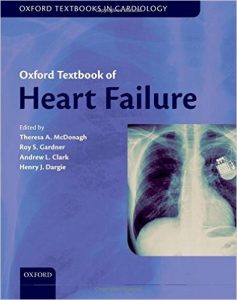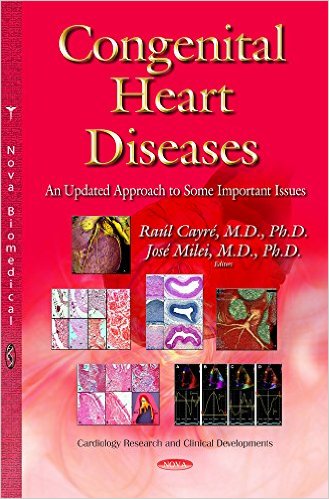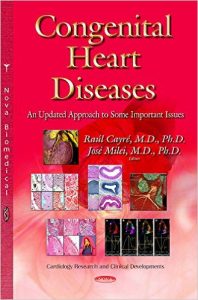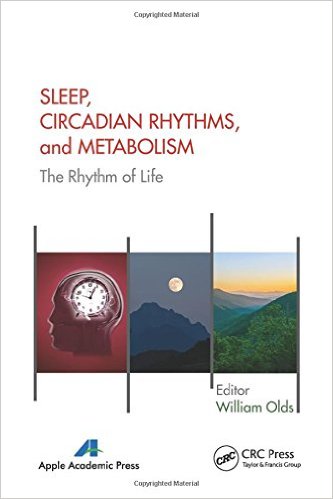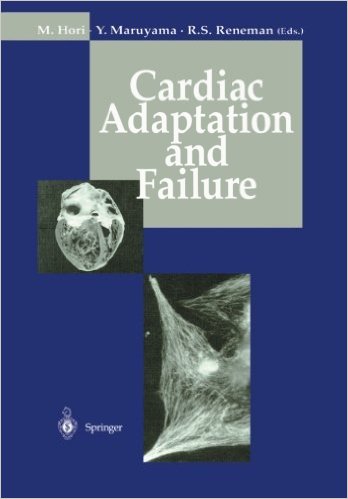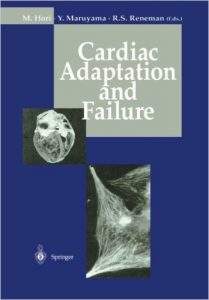Interventional Cardiology: Principles and Practice 2nd Edition


[amazon template=iframe image2&asin=1118976037]
Expert guidance from internationally recognized authorities, who provide clear and current updates on all aspects of interventional cardiology. This new edition;
- Contains a radically expanded chapter contents list presented in four clear sections; coronary interventions, interventional pharmacology, structural heart interventions, and endovascular therapy
- Includes 46 new chapters, including the latest advances in bioresorbable coronary stents, advanced transcatheter aortic valve replacement, MitraClip, new transcatheter mitral valve interventions, and more
- Chapters are templated for rapid referral, beginning with pathophysiological background and relevant pathology, moving to mechanisms of treatment, device description, procedural techniques, follow-up care, and ending with risks, contraindications and complications
- Multiple choice questions at the end of each chapter for self-assessment, a total of more than 400 MCQs in the book
- Features 19 procedural videos, hosted on a companion website
DOWNLOAD THIS BOOK FREE HERE

